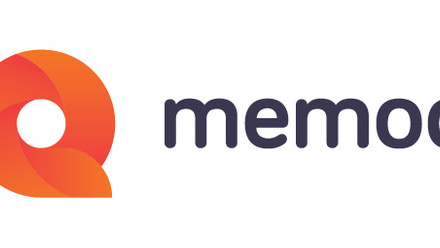AI for Translation and Interpreting: A Roadmap for Users and Policy Makers
The paper is a useful summary of developments in genAI over the last few years and sets out a series of well-evidenced insights and concerns about how genAI is being used for translation and interpreting by non-specialists and by linguists. It also sets out the potential harmful impacts of increased genAI use on language-focussed professions as well as society more broadly. The authors do not seek to advocate for or against genAI but aim to raise awareness of the following issues:
- how LLMs ‘communicate’, how this differs from human communication and what these differences imply when genAI is used for translation and interpreting
- what impact genAI is having and is likely to have in the future, in linguistic professions, in terms of communication quality, workflows, job content and job contentment
- the unintended side-effects that should be considered and weighed against the potential positive gains offered by genAI
- whether and how genAI should be included in translation and interpreting education and training – both for students well as continuing professional development for established translators and interpreters
The paper concludes that “GenAI and its application in the form of LLMs offer powerful tools but not catch-all solutions. Translation and interpreting are complex, human-centred communication activities that require much more than probabilistic prediction. In contexts where understanding, trustworthiness, and clarity are crucial, and especially where sensitive data are involved, professional expertise remains irreplaceable and should be pursued and duly rewarded at fair rates. Responsible AI use – anchored in human values, ethics, equity and the pursuit of quality of communication – is the only sustainable path forward.” This is an approach that the Institute of Translation and Interpreting supports.
The paper also offers some key recommendations for general users that professional translators and interpreters might want to incorporate into their communications with their clients and potential clients:
- Consider that GenAI-bots (LLMs) are tools, but not necessarily a fast and cheap solution; that they do not ‘understand’ meaning, but merely predict most probable words, which may not meet your needs nor those of your target audience;
- Consider the ethical and legal implications of using AI for T&I purposes and potential liabilities and costs that may arise from issues related to output quality, data protection, accountability, and unwanted biases;
- Take into consideration the disparity between high- and low-resource languages and its effects on output quality;
- Use GenAI with extreme caution in high-stakes settings (e.g. legal, medical, asylum, business);
- When you do use GenAI for T&I purposes, make sure that the source text is flawless and that you include detailed information on the purpose of communication, the context, and the target audience, in the prompts;
- Use professional translators and interpreters where data protection, high quality and nuance matter.
The paper can be accessed via the Zenodo portal.






